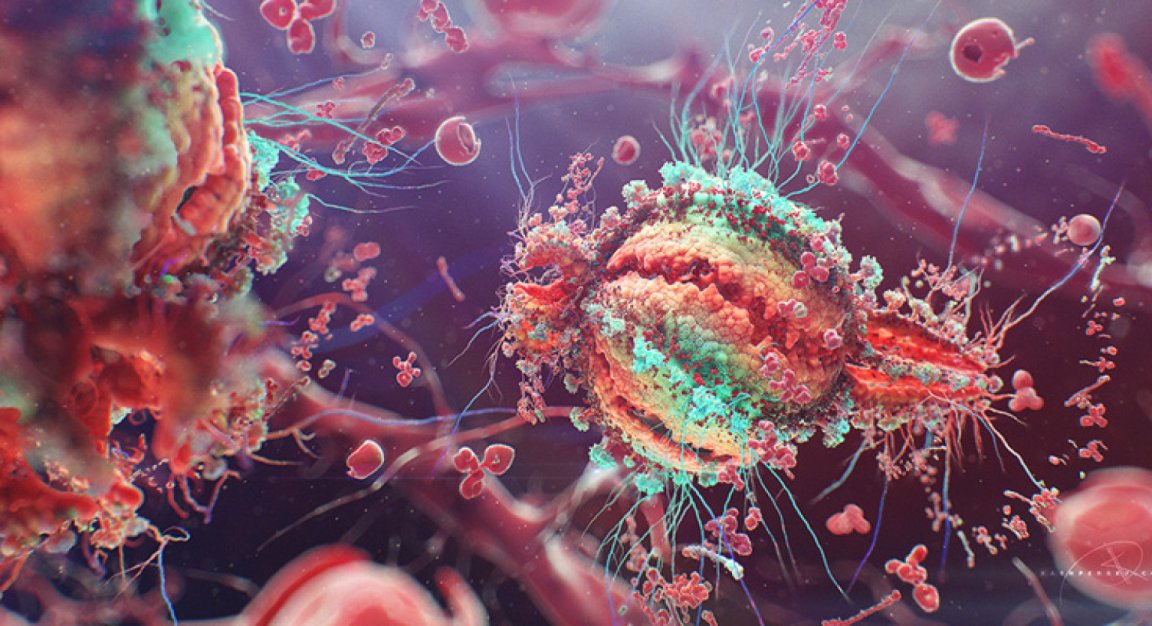
HIV/AIDS
The human immunodeficiency virus (HIV) is responsible for the HIV infection and the acquired immune deficiency syndrome (AIDS), neither of which have a cure nor a vaccine. There is, however, a person who is considered the first person to be cured of HIV/AIDS, Timothy Ray Brown (also known as the Berlin Patient). Brown used to be an HIV-positive American living in Berlin in 2006 when he was diagnosed with leukemia. He needed a transplant to treat the cancer. His doctor decided to use a donor with a genetic mutation that is resistant to HIV. After Brown received two stem cell transplants from the donor’s bone marrow, his levels of HIV decreased dramatically.
Brown has remained off antiretroviral therapy since the first day of the procedure. There are also other people who received early therapy for the virus and are considered functionally cured, meaning that their bodies still harbors the virus but they no longer have to take antiretroviral therapy. Brown, however, is considered to have a sterilizing cure, meaning the virus is no longer harbored in his body. Last year doctors also said that they successfully performed a similar procedure on a man in Barcelona with lymphoma, but he died of the cancer not long after and they were unable to verify whether the disappearance of the virus was long-term.
Spain’s Clinical Trials
Now doctors in Spain want to see if Brown’s case can be replicated. Spain’s National Transplant Organization (ONT) announced a plan for the first clinical trial to cure five people with HIV over the next three years. The plan is for the doctors to use transplanted umbilical cord blood from donors with a HIV-resistant genetic mutation. In order to verify that Brown’s and the Barcelona patient’s case can be replicated, the project will look for HIV patients who also have leukemia, lymphoma, or similar illnesses. The treatment will be more similar to that of the Barcelona patient because doctors will only transplant umbilical cord blood into the patients, rather than Brown’s stem cell transplant procedure. The trials should allow people in the life sciences gain more knowledge about HIV and of course offer a potential option for curing the disease.